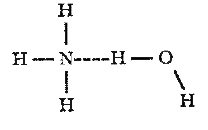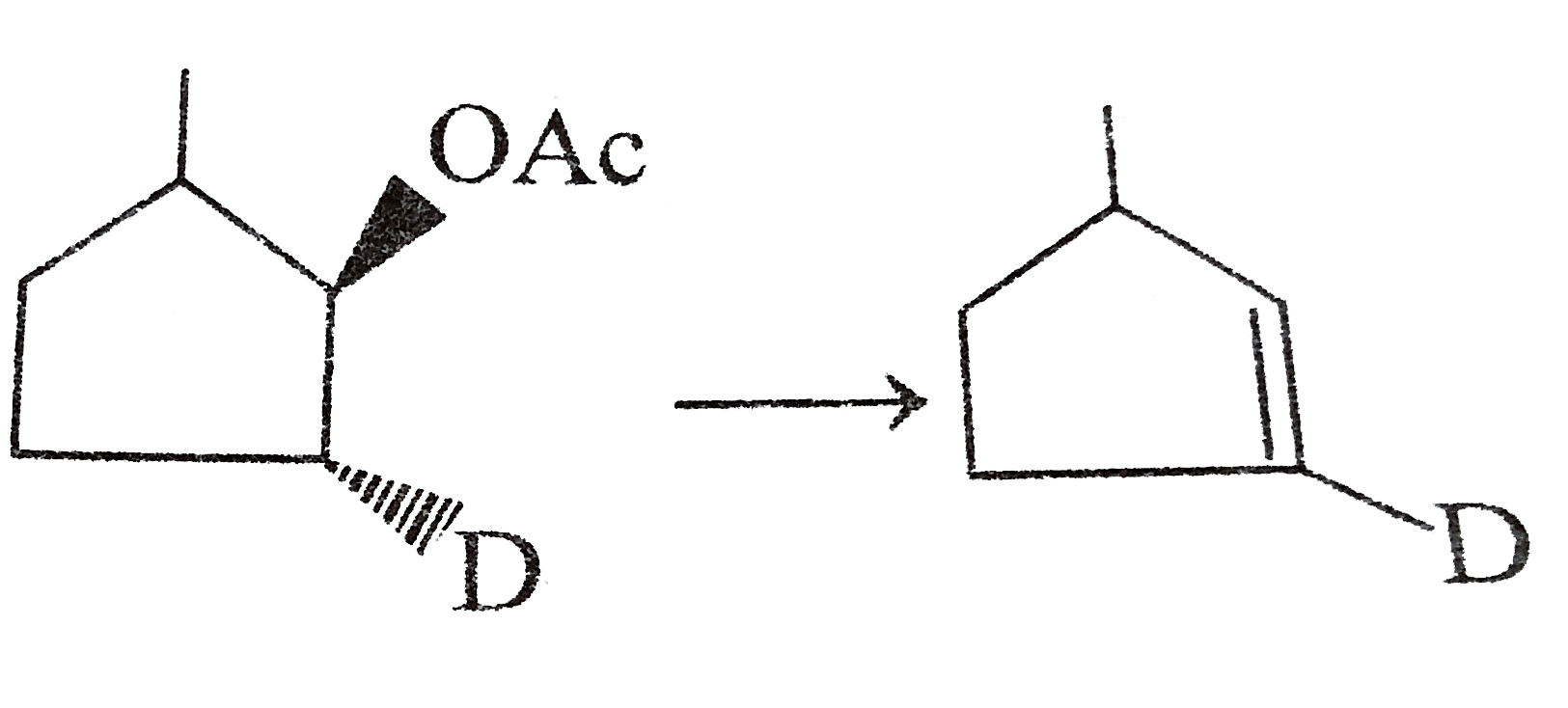Statement I: Hydrocarbons with cumulated double bonds are non-polar irrespective of the number of double bonds present in them.
Statement II: The resultant bond vectors of two C-H bonds at two ends are lying in the same line with opposite direction.
If both Statement I and Statement II are true and Statement II is the correct explanation of Statement I.
If both Statement I and Statement II are true but Statement II is not the correct explanation for Statement I.
If Statement I is true but Statement II is false.
If Statement I is false but Statement II is true.
The correct Answer is:A
Similar Questions
Knowledge Check
Statement-1: Dipole moment of H2O is more than that of OF2
Statement-2: In H2O , the resultant bond dipole of O-H bond and the resultant lone pair moment are in opposite direction.AStatement -1 is true, Statement-2 is true and statement-2 is correct explanation for statement -1.BStatement-1 is true, statement-2 is true and statement-2 is NOT the correct explanation for statement-1CStatement-1 is true, statement-2 is falseDStatement-1 is false, statement-2 is true.Statement-1 : Dipole moment of H2O is more than that of OF2.
Statement-2 : In H2O, the resultant bond dipole of O−H bond and the resultant lone pair moment are in opposite direction.AStatement-1 is True, Statement-2 is True, Statement-2 is a correct explanation for Statement-1.BStatement-1 is True, Statement-2 is True, Statement-2 is NOT a correct explanation for Statement-1.CStatement-1 is True, Statement-2 is False.DStatement-1 is False, Statement-2 is True.Statement I: The correct presentation of existence of NH3 in water is

Statement II : The polarity of O- H bond is more than that of the N- H bond .AIf both Statement I and Statement II are true and Statement II is the correct explanation of P Statement I.BIf both Statement I and Statement II are true but Statement II is not the correct explanation for Statement I.CIf Statement I is true but Statement II is false.DIf Statement I is false but Statement II is true.
Statement-1 : Intramolecular H-bonding have no effect on boiling point
Statement-2 : Nature of hydrogen bonding is non-directional .
Statement-3 : Covalent bond is directional .
View SolutionA hydrocarbon containing two double bonds gave on reductive ozonolysis ethanol, glyoxal and propanone. Predict the structure of the hydrocarbon and give its IUPAC name.
View Solution
Statement-I: Product of pyrolysis of
Statement-II: C-H bond is weaker than C-D bond.
View SolutionStatement-1 : Intramolecular H-bonding have no effect on boiling point
Statement-2 : Nature of hydrogen bonding is non-directional .
Statement-3 : Covalent bond is directional .
View SolutionStatement I: The nodal planes of π bonds of 1,3 - butadiene lie in the same plane.
Statement II: π bonds are also lying in the same plane in 1,3 - butadiene.
View Solution
